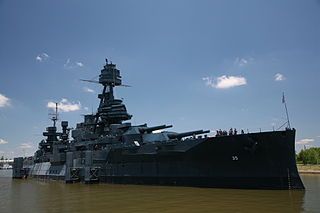U.S. Navy Making Fuels from Seawater?

Friend: This is from the Naval Research Laboratory’s official press release: Using an innovative and proprietary NRL electrolytic cation exchange module (E-CEM), both dissolved and bound CO2 are removed from seawater at 92 percent efficiency by re-equilibrating carbonate and bicarbonate to CO2 and simultaneously producing H2. The gases are then converted to liquid hydrocarbons by a metal catalyst in a reactor system.
In plain English, fuel is made from hydrocarbons (hydrogen and carbon). This process pulls both hydrogen and carbon from seawater and recombines them to make fuel. The process can be used on air as well but seawater holds about 140 times more carbon dioxide in it so it’s better suited for carbon collection.
This is essentially a carbon neutral process. The ocean is like a sponge for carbon dioxide in the air and currently has an excess amount dissolved in it. The process pulls carbon dioxide out of the ocean. It’s converted and burned as fuel. This releases the carbon dioxide back into the air which is then reabsorbed by the ocean.
Craig: Sorry, but it’s nonsense. Yes, it’s carbon-neutral, but where does the energy come from to make all this happen? If you had that energy in the first place, why wouldn’t you just use it?
Friend: Even if they were using solar to run it, would the loss in efficiency be too great?
Craig: First, the idea of using PV to run a battleship is impractical in the extreme. Suppose you’re powering a battleship that requires 300,000 horsepower, which is over 200 MW. That’s about 50 million square feet of PV assuming 20% efficiency and a capacity factor of 20%, or about 1,000 acres, or about 1.6 square miles. And that’s assuming you are running electric motors and batteries all with 100% efficiency. This is why we have nuclear submarines and the like; we need enormous densities of both energy and power.
Second, re: your point about efficiency, yes. The energy has to come from somewhere. If you had all that power generation capacity onboard, you’d simply use it to drive the ship, not to do a bunch of low-efficiency processes to make synthetic fuel that would, in turn, drive the ship. Note: there IS a valid case to be made for synthetic fuels where there are both a) large amounts of cheap energy, e.g., off-peak wind or nuclear, and b) the need to convert that energy and dispense it as transportable fuel, e.g., gasoline, diesel, or jet fuel. This, of course, is the promise of WindFuels, as I’ve noted on our clean energy investment opportunities page.
My only theory is that this deal with the Navy is a Hoax (note capital “H”). As you know, I’m not a huge fan of the military, but these folks’ command of math and physics is pretty spectacular; they’re not about to make a statement like this.
Also, the concentration of CO2 in seawater is approximately the same as it is in the atmosphere; it’s certainly nowhere near 140 times greater. Hooooooax. Sorry.
